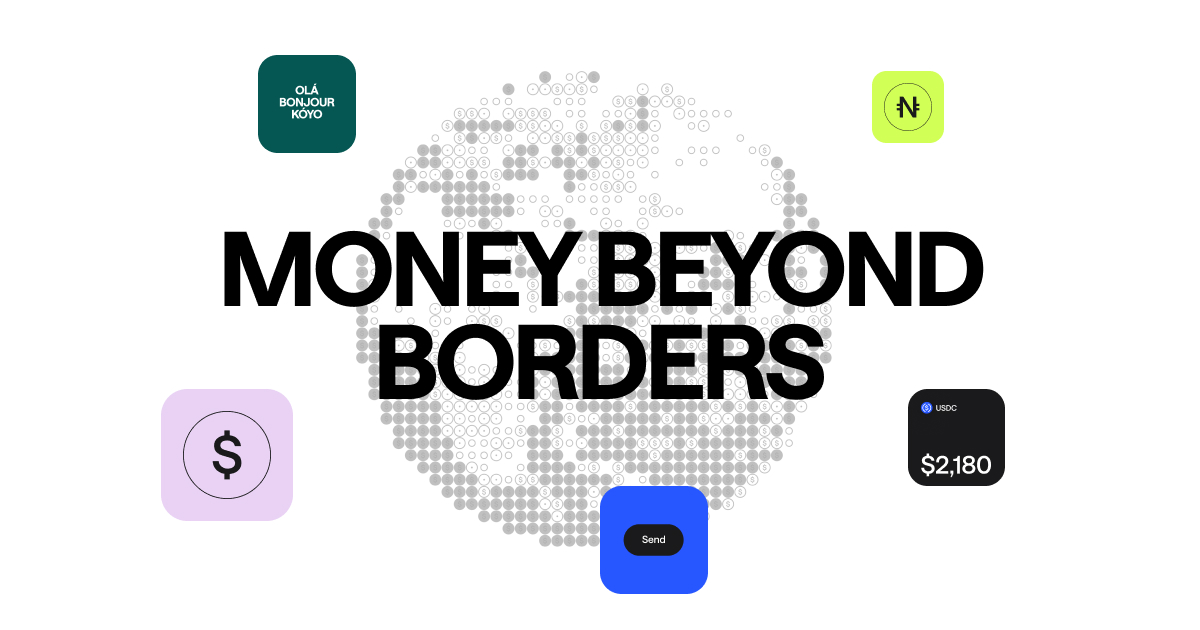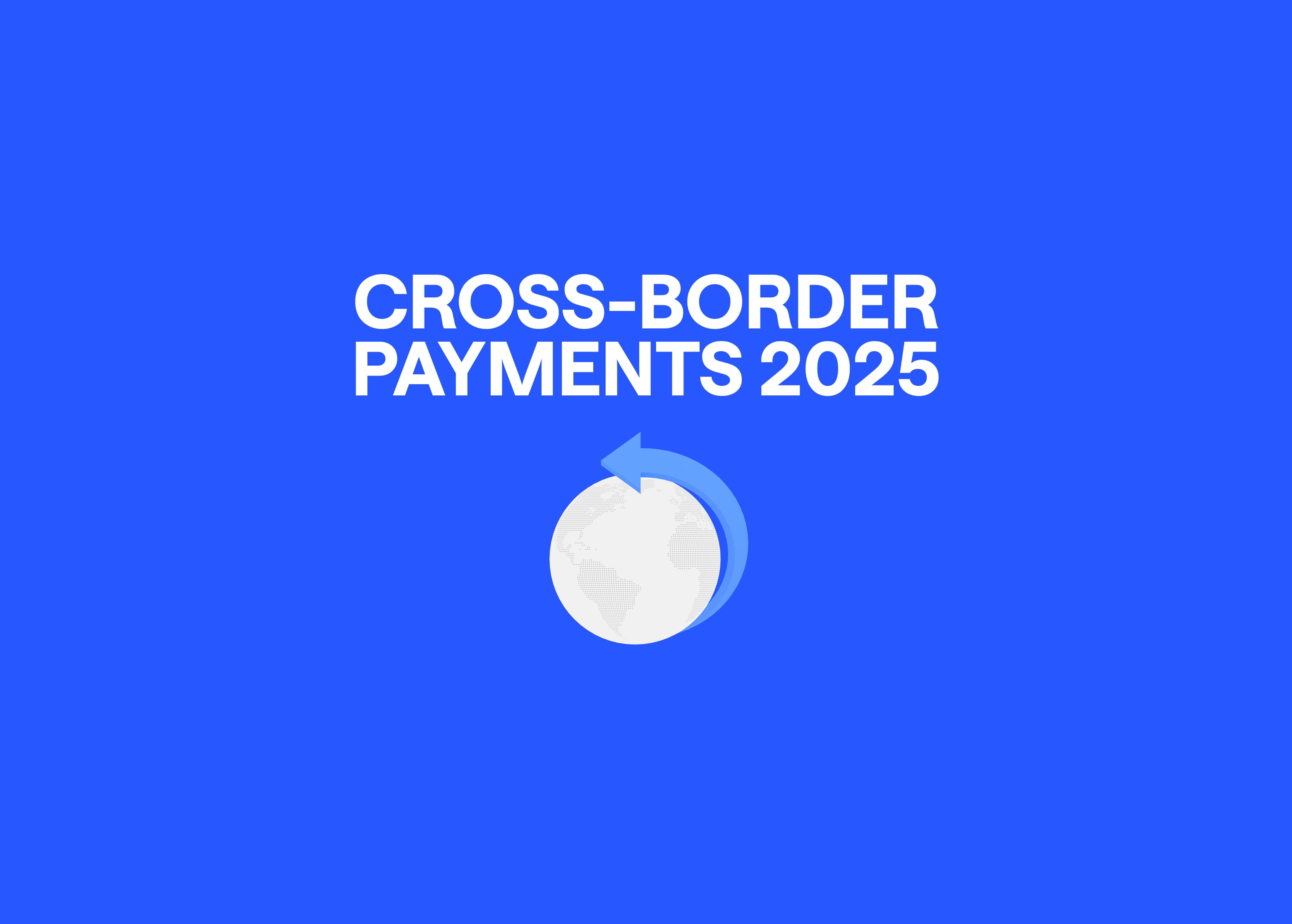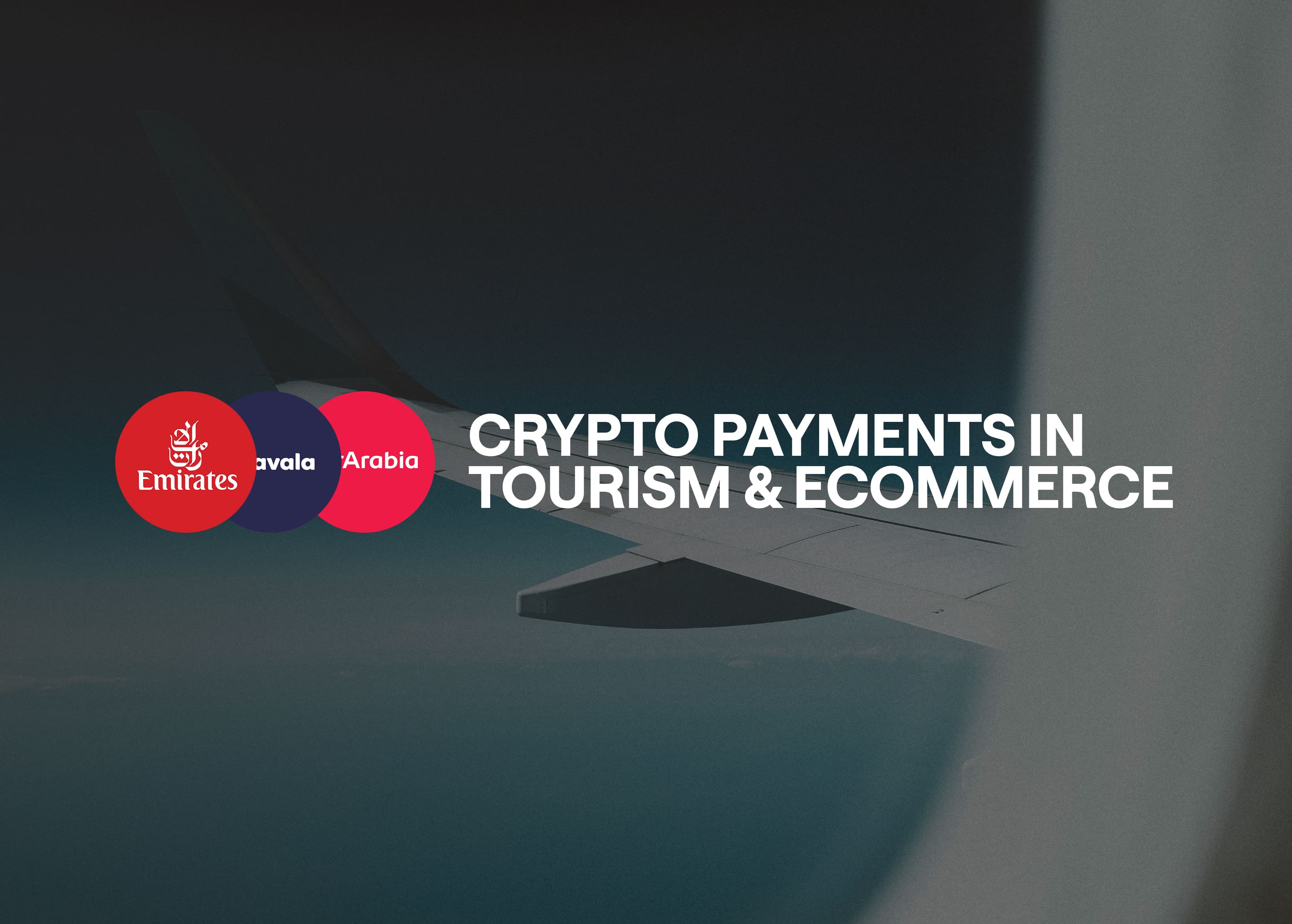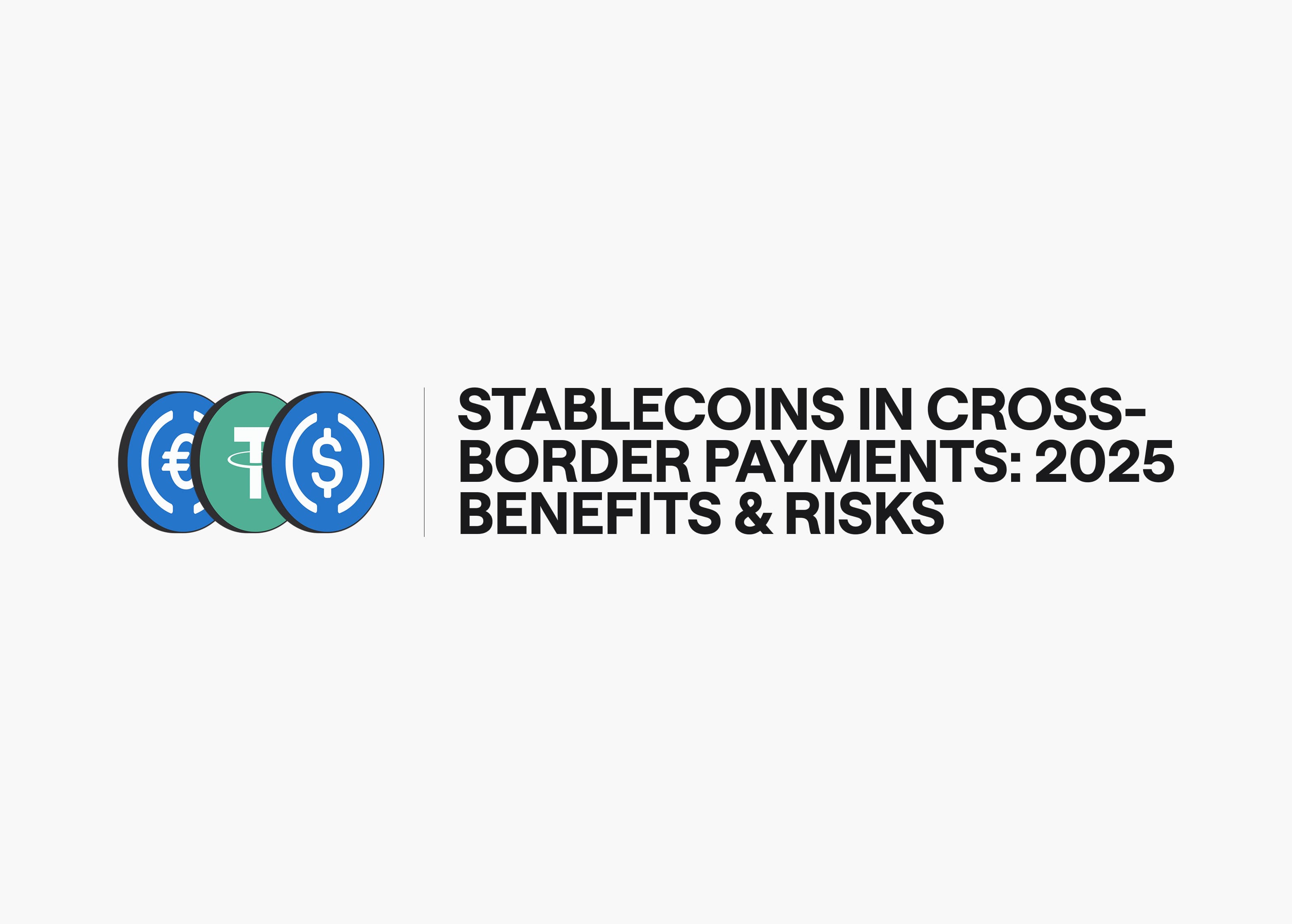
Why We Started Due

Global payments continue to suffer from delays, costs, and fragmentation, particularly for businesses and individuals in emerging markets. While fintech has made significant strides over the past few years, cross-border payments are still facilitated by outdated infrastructure. Due was designed to change that: a payment platform built on blockchain, utilising stablecoins to process instant, real-time payments at scale, and allowing for fast, cheap, and borderless payments.
The reality of global payments
Back in 2019, when I was part of the Expansion team at Bolt — a leading mobility company in Europe and Africa — I remember working on a project to optimise international payment processing, specifically for the Ukrainian market. It was eye-opening. The fees for processing a single card payment in Ukraine average over 10%: these include card fraud expenses, exchange fees, scheme charges, and acquirer markups. The reason? Bolt is a European merchant that processes payments via a European acquirer, using cards issued by local Ukrainian banks. That was seen by the card schemes as international acquiring, resulting in astronomical fees, especially for low-value rides and deliveries.
Shortly after, I joined Revolut’s SVP Office to run special projects across the organisation, from Retail to Crypto. What struck me was just how inefficient, fragmented, and friction-filled global payments systems are, and still are overall.
- Limited accessibility: For many developed markets, having a bank account seems like a given. Yet, 1.4 billion adults worldwide remain unbanked today. Even for those with bank accounts, companies and individuals in high-inflation countries are restricted from accessing stable assets or other inflation hedges due to national capital controls. Onboarding processes can also be complex. Regulatory compliance and restrictions differ by region, and applications require manual reviews that can take weeks to complete.
- Slow settlements: The settlement of international transactions through traditional card or banking rails can take days or, often, weeks, especially in emerging markets.
- Expensive costs: Globally, the average price of sending remittances is estimated to be 6% or higher.
Fintechs like Revolut and Wise are making significant strides to address some of these problems, but ultimately, their external processing and settlements must rely on traditional banking rails, SWIFT, and/or card payment networks. And for harder-to-access emerging markets like Africa, Latin America and Southeast Asia, cross-border payments are riddled with inefficiencies.
If you’re a local resident or business in Nigeria, it’s a daunting task just to get your hands on USD or EUR accounts, let alone trying to transfer funds in foreign currencies. Even corporations that are certified to access FX markets face heavy constraints, limiting how much they can buy. As a result, it’s not uncommon for participants to rely on OTC orders through local agents to send funds overseas. Such a manual process can take days or even weeks to complete, ultimately resulting in fees of 5–7%, but at times much more.
Another prominent example is Argentina. Local merchants are regularly paying 6–10% in processing fees to acquire international payments, while having to wait weeks (or sometimes months) for the funds to settle. On the other hand, international cards use the official USD/ARS rates enforced by the Argentine government through capital controls, which are more than twice as high as the real market rate. As a result, foreigners are faced with prices that end up being twice as expensive as the ‘real’ prices when they pay with international cards. I had a similar experience early this year when I travelled to Buenos Aires and was paying with cards.
Such are the consequences of constraints and decisions imposed by centralised intermediaries, and they are a major part of what hinders economic activity in emerging economies today. As cross-border payments continue to grow (with a market size of $150 trillion in 2023, to $200 trillion by 2027), the need for a cohesive and robust payments infrastructure becomes increasingly evident.
Blockchain and stablecoins
We often hear about how cryptocurrency and blockchain can be the solution to global payments, and we share that notion. Just two years ago, there was still much scepticism about blockchain and crypto due to scalability concerns and volatility of major cryptocurrencies, as well as regulatory uncertainty. However, we’ve recently started to see many of these issues being addressed.
- Layer 2 protocols (such as Arbitrum, Starknet, and zkSync Era) and alternative L1 protocols (like Solana) are promising significant improvements in TPS (transactions per second) and cost.
- With the emergence of regulatory frameworks like MiCA in Europe, we see a clear path to the legitimisation of cryptocurrencies, especially fiat-backed or asset-backed tokens.
- The largest push to adoption is happening today due to vastly growing liquidity and usage of stablecoins like USDC and USDT by individuals, businesses and especially financial organisations/institutions around the world.
- Spreads for USD/EUR stablecoin pairs on DEXs are often more attractive than USD/EUR fiat pairs on traditional FX platforms today.
Think back to when the introduction of Eurodollars significantly increased the world’s access to liquid, stable capital. Today, stablecoins — or tokenised assets whose value are pegged to that of another currency, commodity or financial instrument — are starting to play a similar role:
- Stablecoins settled more than $11 trillion on the blockchain in 2022, nearing Visa’s volume of $11.6 trillion.
- Over 25 million on-chain wallets hold more than $1 in a stablecoin. To put into perspective, a bank with 25 million accounts would be the fifth-largest in the U.S.
- At $120 billion in market cap, stablecoins are currently the 16th largest “sovereign holder” of US treasuries.
In addition to all of the above, improvements in user experience of crypto wallets with the introduction of account abstraction primitives (read more here), like transaction bundling, gas sponsorship and transaction guards, open the path for mass adoption of crypto, especially for payment and financial use cases.
Founding Due
In September of 2022, my Co-Founder Alex and I decided to start a company that would challenge the status quo of global payments by leveraging blockchain rails and stablecoin liquidity across regions. The majority of future payments will likely occur on-chain. That’s how Due was founded.
Due is a payment platform that connects domestic payment rails (e.g Pix, SEPA) via open and interoperable blockchain protocols. Our web platform enables customers to open borderless accounts and make/receive payments across 50+ markets using their preferred local payment methods. By building on Ethereum and its various scaling solutions (e.g. Arbitrum, Base, OP, with Starknet and zkSync coming soon), we aim to empower underserved and emerging markets with uninterrupted access to global liquidity, while facilitating transactions at much lower costs and significantly faster settlement times compared to traditional methods.
Our platform is powered by a proprietary protocol layer composed of smart contracts and our relayer infrastructure, which includes various integrations with DEXs like Uniswap and bridges like Circle’s CCTP. All of this is abstracted away from the user, and the result is a sleek user experience without any of the complexities that often hinder the adoption of decentralised applications. Imagine, a company in Brazil using BRL via Pix to pay their supplier in Europe, who receives it in EUR via SEPA Instant — instantly, at near-zero costs and with a few clicks from a single interface.
To top it off, payment accounts on Due are non-custodial wallets, which makes our platform highly interoperable with the rest of the crypto ecosystem. Users can either connect their existing wallet or easily whip one up directly on the platform. This allows you to keep complete control over your funds and have direct access even if we are offline. Yet, its seamless access to fiat rails makes it as easy and intuitive to use as your everyday bank account.
Fundraise and journey ahead
Today, we are excited to announce that we have raised a Seed round of $3.3 million led by Semantic and Fabric Ventures, with participation from BlockTower VC, Speedinvest, Polymorphic Capital and Discovery Ventures, as well as esteemed angel investors including Itamar Lesuisse (CEO at Argent), Pavel Karagjaur (VP of Growth at Bolt), Francesco Simoneschi (CEO at True Layer ), Mark Ransford and Emil Urmanshin (Director of Crypto at Revolut).
We are grateful to have a strong team across London, Munich, New York, Sofia, Lagos and Mexico City, from companies including Revolut, Uber, Binance and Bolt, that joined us over this year to pursue our mission.
Our Due platform will go live later this month, focused on corridors connecting the UK/EEA, Sub-Saharan Africa and the US, with expansion into LatAm and APAC on the roadmap for Q1 2024. We are also actively exploring integrations of digitised Real World Assets (e.g. tokenised US Treasuries) as a vehicle to provide wider access to treasury and yield-bearing assets.
We want to be a driving force in bringing more businesses and individuals on-chain, harnessing the power of blockchain and redefining international payments. Our vision is a future where money is truly global, permissionless and inclusive.
FAQ — The Reality of Global Payments and Stablecoins
Why are traditional global payments so inefficient and expensive?
Traditional payment systems rely on card networks, SWIFT, and multiple intermediaries. This creates high fees (often 5–10% in emerging markets), long settlement times (days or weeks), and limited accessibility due to regulatory and banking restrictions.
How can stablecoins improve international payments?
Stablecoins enable near-instant settlement at significantly lower costs by bypassing traditional intermediaries. They provide global access to liquid, stable capital and can be transferred 24/7, making them ideal for cross-border payments and remittances.
What role does blockchain technology play in solving these challenges?
Blockchain provides open, interoperable rails for payments. Layer 2 protocols like Arbitrum or zkSync improve speed and reduce costs, while account abstraction improves user experience. This combination makes blockchain-based payments scalable and accessible.
What is Due and how does it work?
Due is a payment platform built on blockchain rails that connects local payment methods (e.g., Pix, SEPA) to stablecoin liquidity. It allows users to open borderless, non-custodial accounts and send or receive payments across 50+ markets, with instant settlement and low fees.
How is Due positioned for the future of payments?
Due has raised a $3.3M Seed round from leading VCs and angels, assembled a global team, and is launching corridors between the UK/EEA, Sub-Saharan Africa, and the US. With plans to expand into LatAm and APAC, and integrate tokenised assets like US Treasuries, Due is building infrastructure for a future of inclusive, global, on-chain payments.





